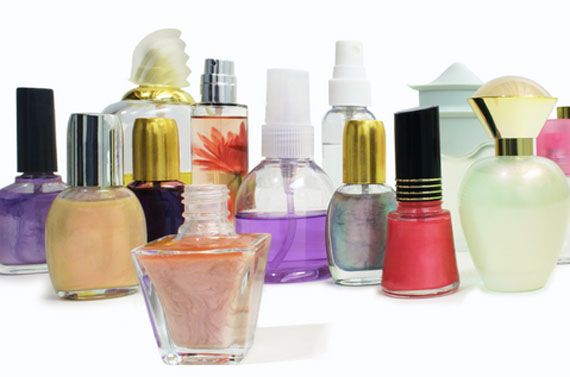
Phthalates (AKA phthalate esters, bisphenol A or BPA and phthalates) are added to plastics to increase their flexibility. When plastic becomes brittle, it means that phthalates are no longer effectively bonding to the plastic. Used in hospital equipment, adhesives, ice trays, plastic wrap, flooring, plastic containers, furniture, wallpaper, shower curtains, and many other things made of vinyl or PVC, phthalates are everywhere.
Phthalates are widely used in personal care products to control viscosity, stabilizers, lubricants, softening agents, emulsifying agents, and suspending agents. In nail polish, phthalates are used to prevent chipping; in fragrance, they are used to fix the fragrance making the scent last longer.
It is important to say that phthalates are cost effective, prevalent in products that we are exposed to every day, useful in their intended function and are generally safe to use as intended, with some exceptions.
Safety
After 50 years of tweaking products with this additive, governmental regulation is intervening to monitor safety. The use of Phthalates is slowly being phased out of many products in the United States and EU as word gets out that they may cause health problems. Canada has passed a ban on baby bottles made with BPA and several U.S. states are following suit, proposing similar bills. People are taking greater notice than ever of what they expose themselves to, and it is safe to say that you will be hearing the term Phthalate often.
Studies show that phthalates contribute to human reproductive or developmental retardation and contain endocrine disruptors. Males are particularly susceptible to reproductive challenges after prolonged exposure. Studies show that developmental fetus’ and children exposed to the chemicals are at greatest risk.
Consider that an increased dosage per unit body surface area, children are being exposed unsafe safe dosages. Therefore, it is particularly important to limit exposure to children as their immune systems develop as they are more susceptible to health concerns.
How to Avoid Phthalates
- Companies will proudly display the term "Phthalate Free" if their products comply.
- Research the ingredients in all of your baby products to make certain that they are free of harsh chemicals.
- Phthalates are often masked on ingredient lists as "fragrance" and all consumers should avoid products with fragrance – especially pregnant women, babies and children.









